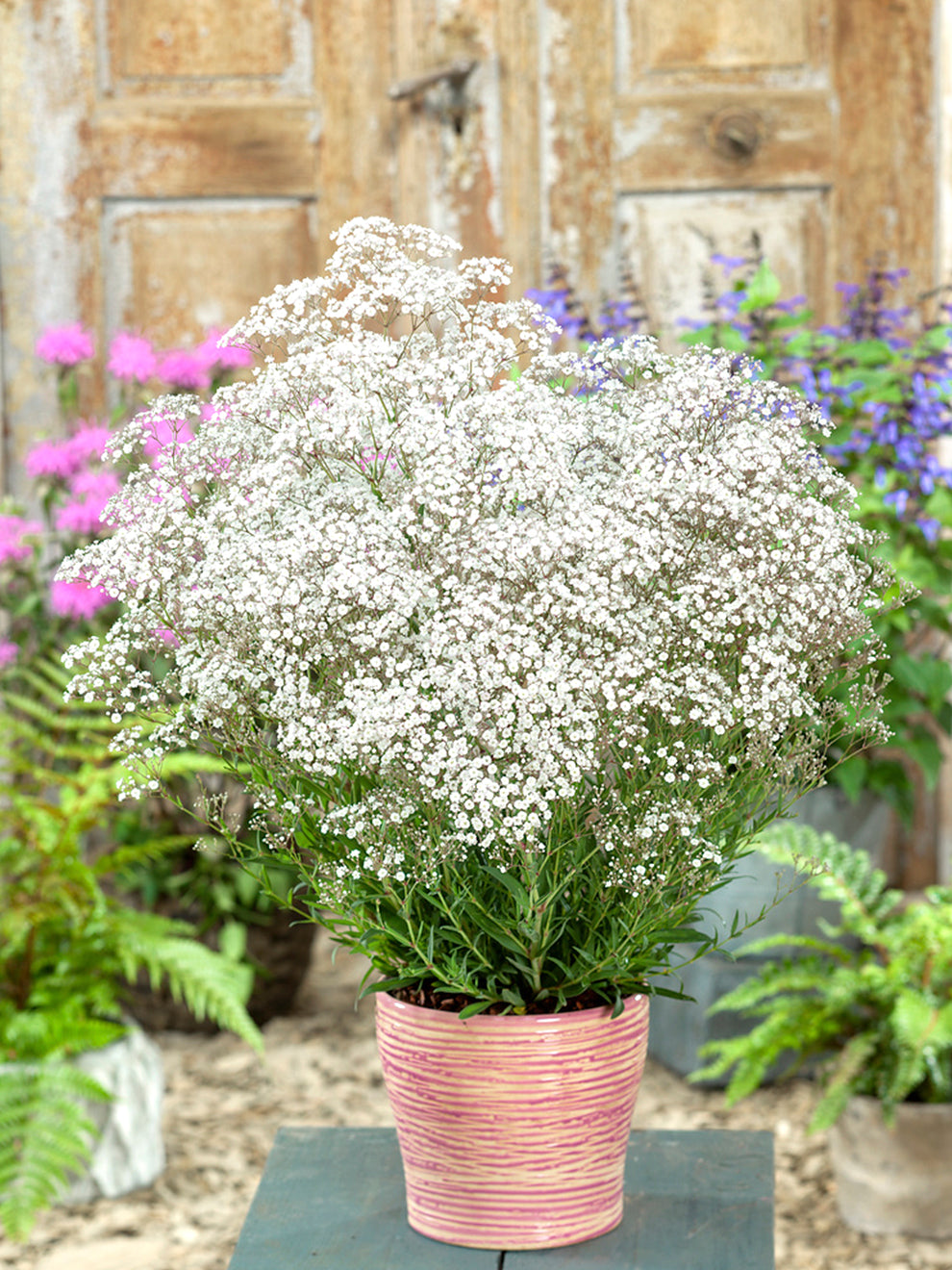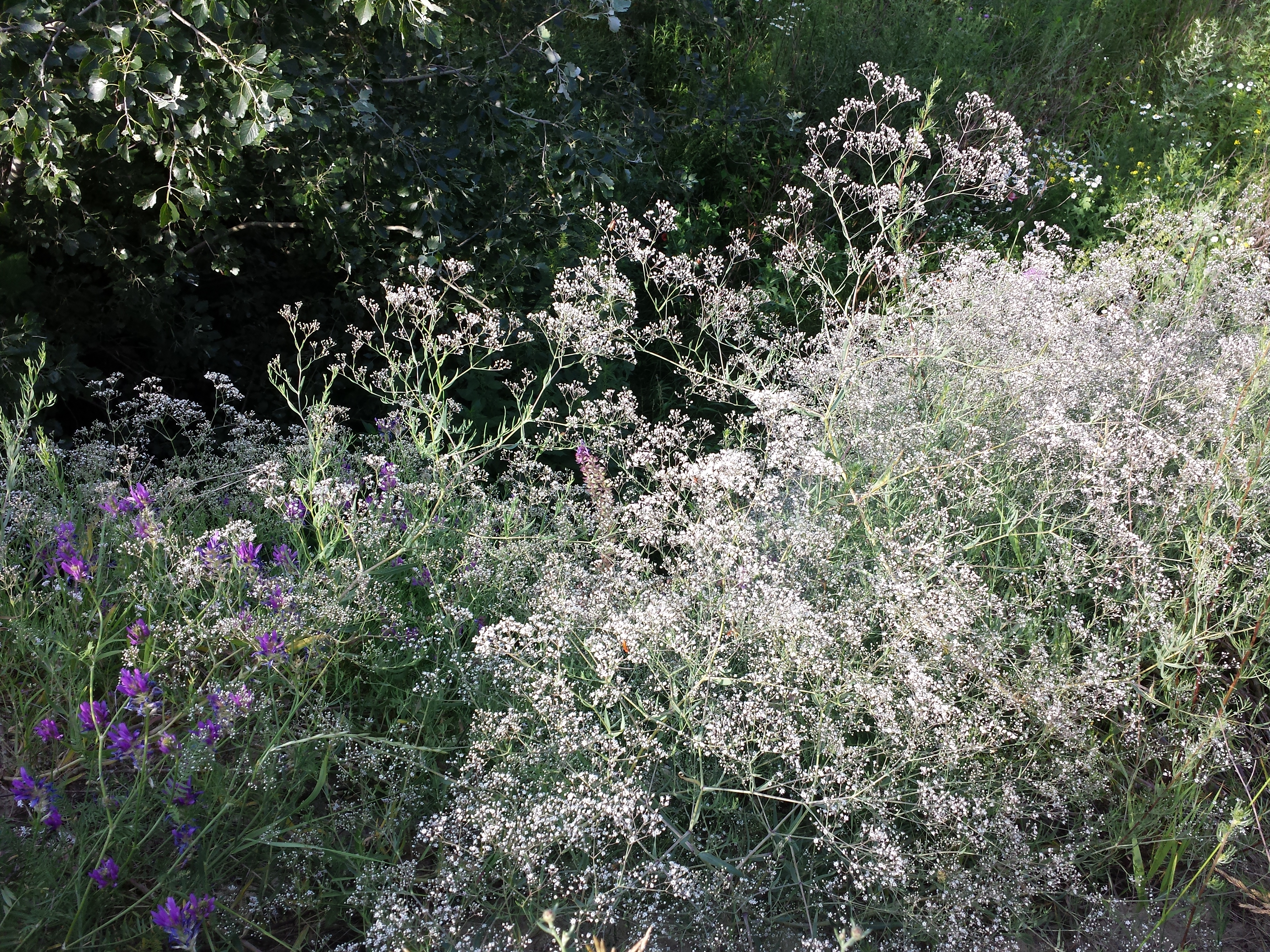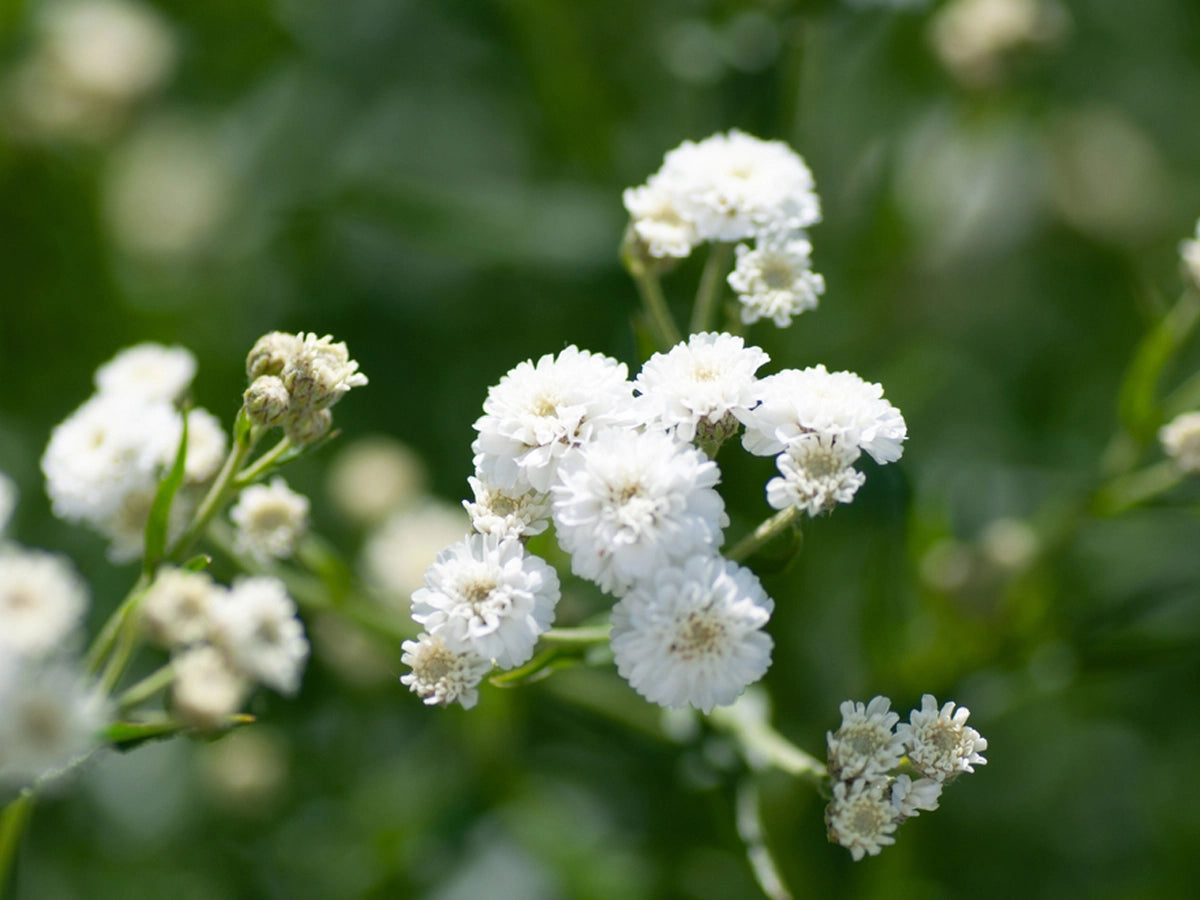Gypsophila: The Breath of Baby’s Breath
Gypsophila, commonly known as Baby’s Breath, is a delicate and airy plant that adds a touch of ethereal beauty to any floral arrangement. With its tiny, white flowers and feathery foliage, it’s a popular choice for weddings, bouquets, and home décor. But beyond its aesthetic appeal, Gypsophila also holds cultural significance and has practical uses.
While the exact origin of Gypsophila is unknown, it is believed to have originated in Europe and Asia. The plant’s name, “Gypsophila,” comes from the Greek words “gypsos” (meaning gypsum) and “phileo” (meaning love), suggesting its affinity for growing in gypsum-rich soil.

Gypsophila is characterized by its:
Delicate flowers: Tiny, white flowers that bloom in clusters.
Beyond its ornamental value, Gypsophila has several practical uses:
Cut flowers: It’s a popular choice for bouquets and arrangements due to its longevity and versatility.

Gypsophila holds cultural significance in various traditions:
Symbol of innocence: The plant is often associated with purity, innocence, and childhood.
Gypsophila, with its delicate beauty and cultural significance, is a versatile plant that adds a touch of elegance to any setting. Whether used in floral arrangements, dried crafts, or traditional medicine, this enchanting plant continues to captivate and inspire.

1. What is the best time to plant Gypsophila seeds?
Gypsophila seeds can be sown directly into the garden in spring or started indoors several weeks before the last frost.
2. How do I care for Gypsophila plants?
Gypsophila prefers well-draining soil and full sun. It requires regular watering, especially during dry periods.
3. Can Gypsophila be grown in containers?
Yes, Gypsophila can be grown in containers. However, it may require more frequent watering and fertilization.
4. Are there different varieties of Gypsophila?
Yes, there are several different varieties of Gypsophila, including Gypsophila paniculata (common Baby’s Breath), Gypsophila elegans (Baby’s Breath annual), and Gypsophila muralis (Creeping Baby’s Breath).
5. Can I use Gypsophila in dried arrangements?
Yes, Gypsophila is a popular choice for dried arrangements. Simply hang the plants upside down in a cool, dark place to dry.




:strip_icc()/alcea-rosea-old-barnyard-hollyhock-ca629344-60ece34452c94844939ad381390abfc1.jpg?w=200&resize=200,112&ssl=1)

